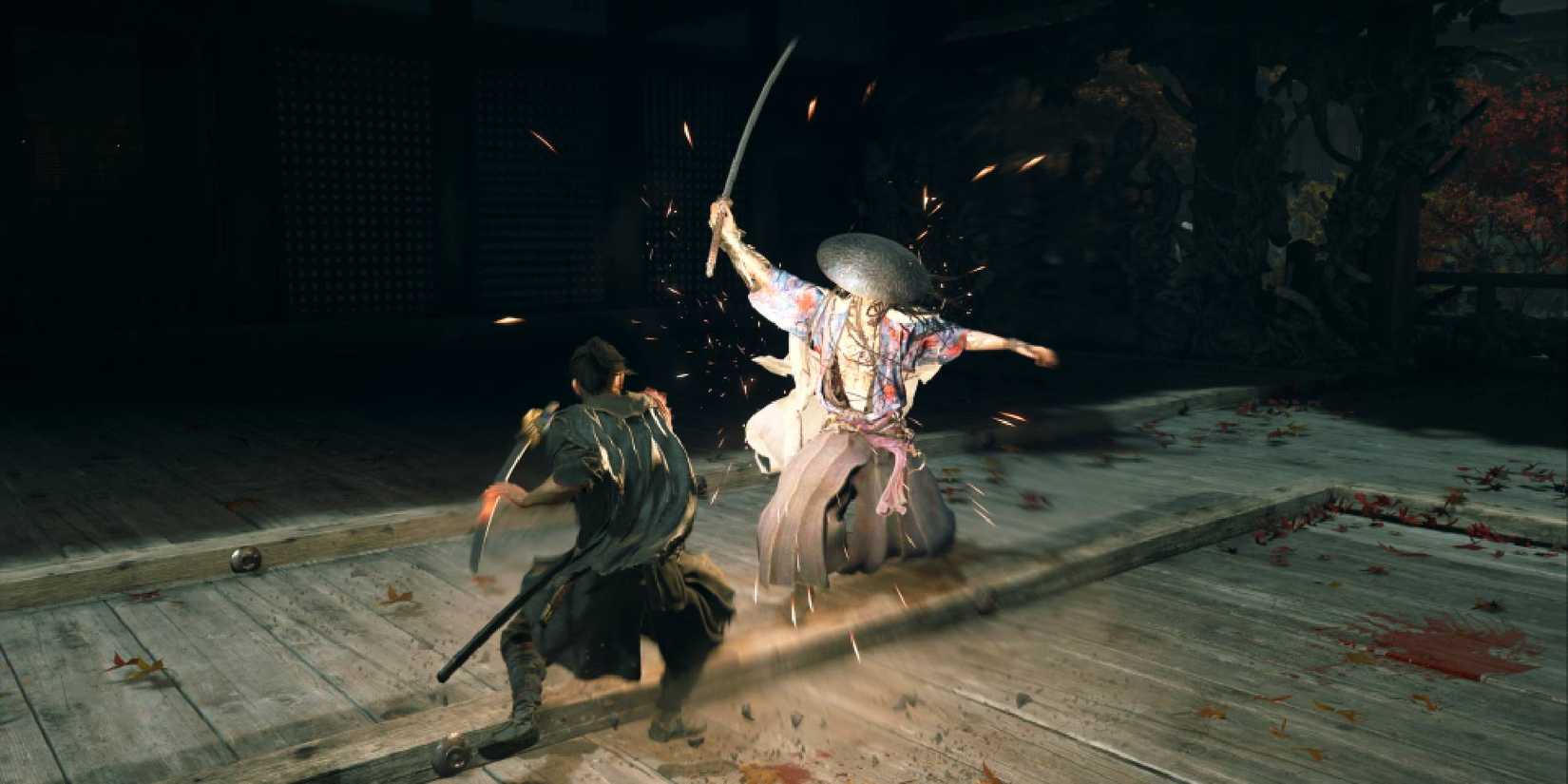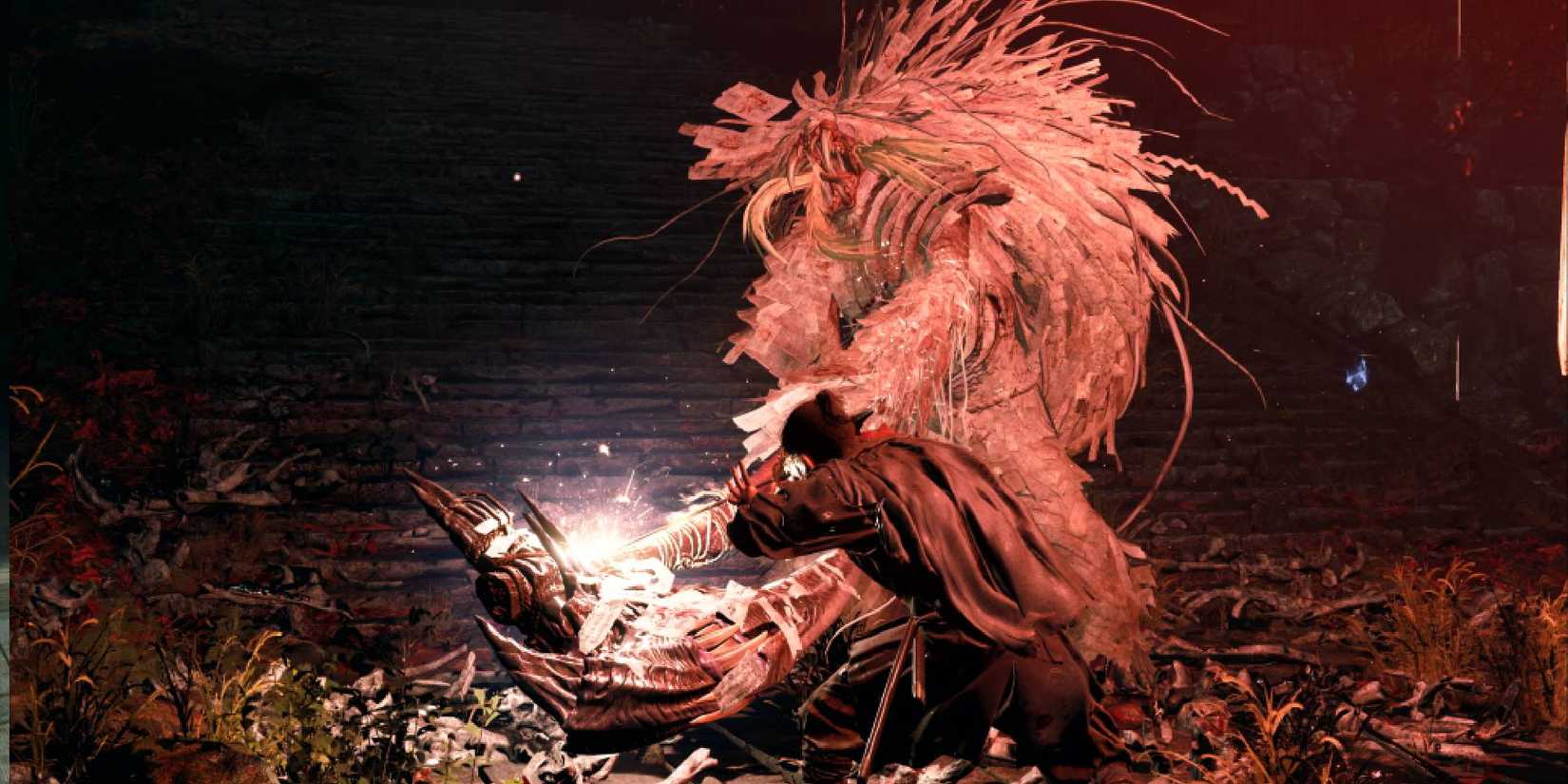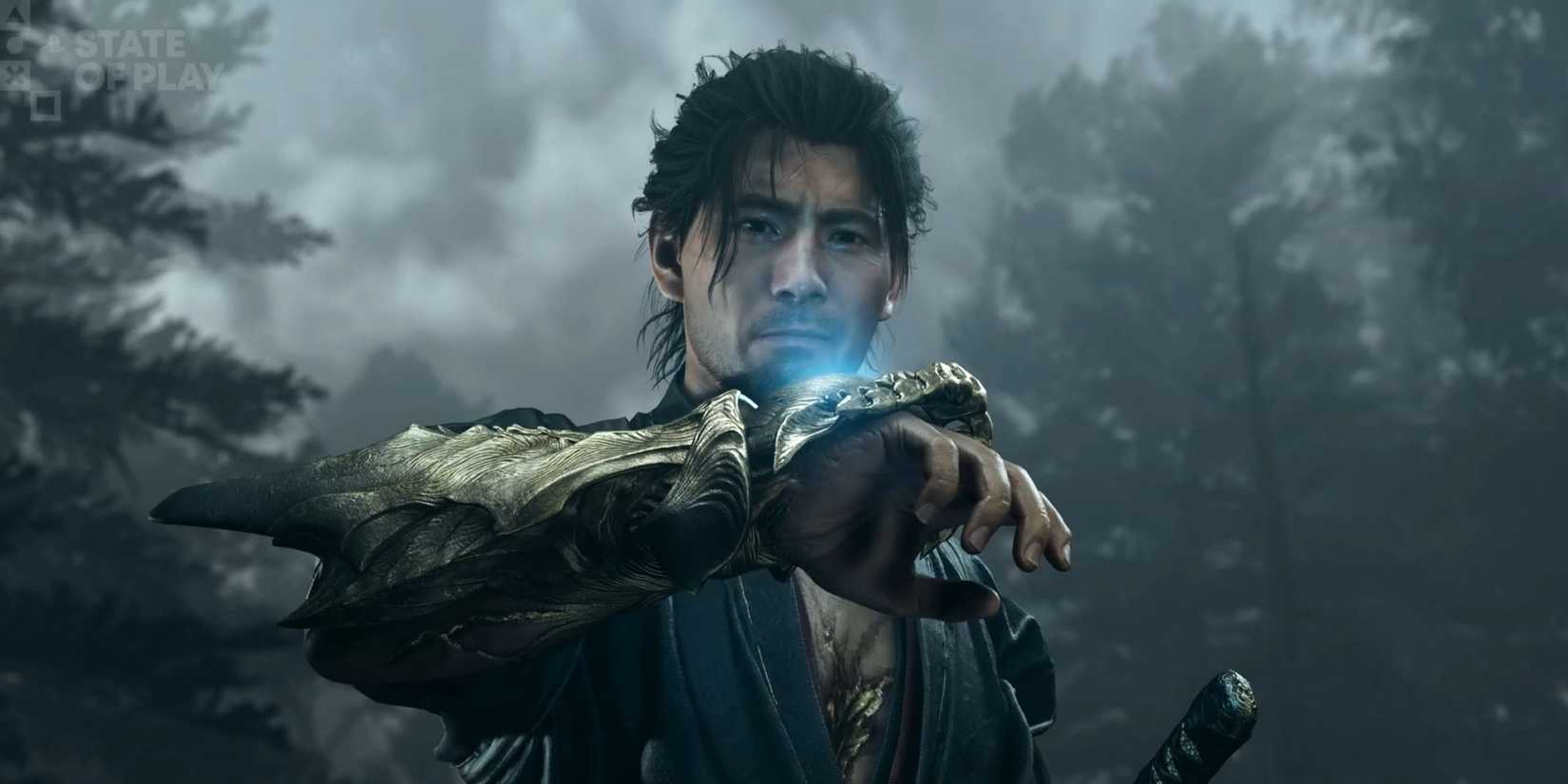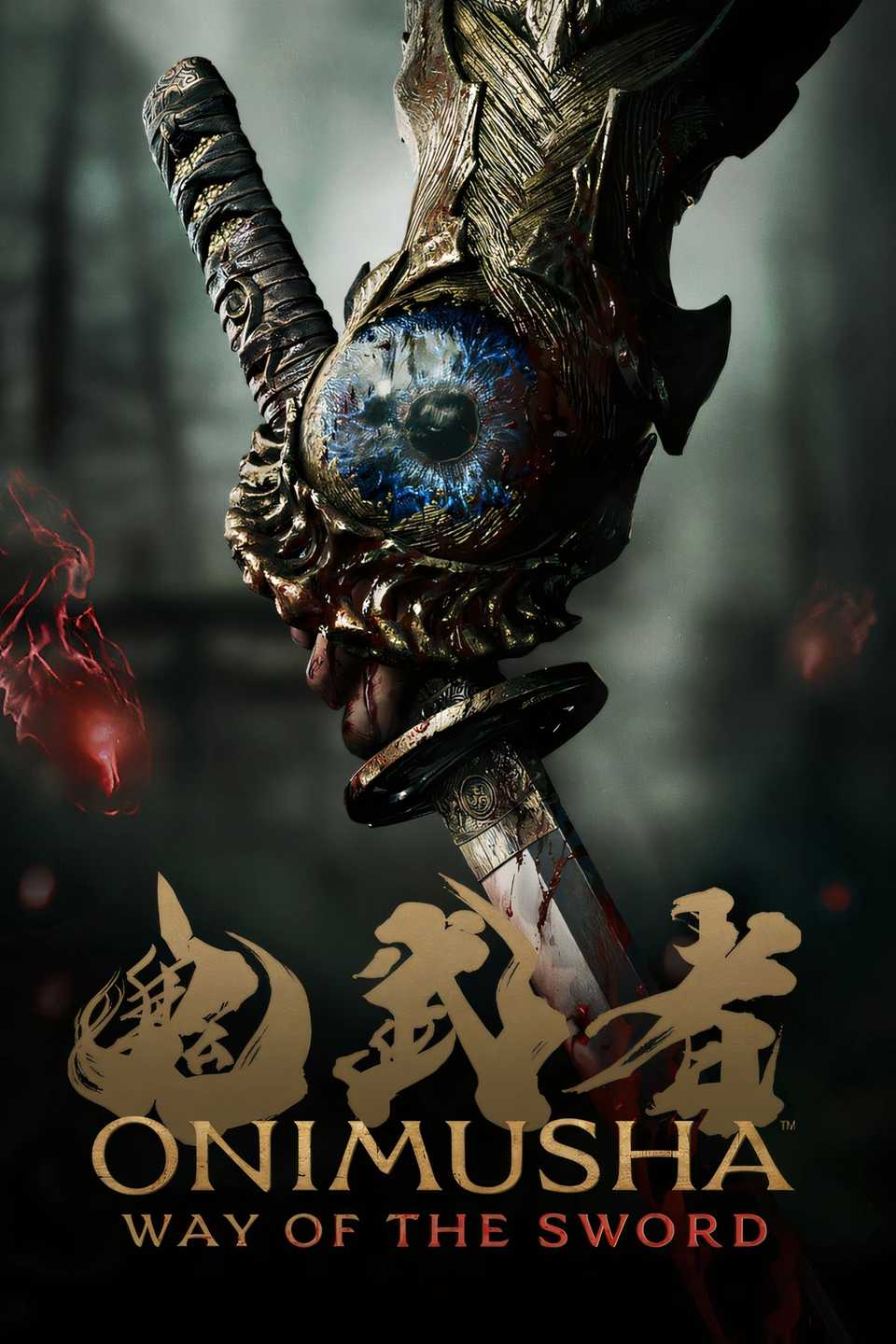By the time Onimusha: Way of the Sword launches next year, two decades will have passed since the series last broke cover. There was browser game Onimusha Soul in 2012, and remasters of the first two titles in recent years, but even the most hardcore fans have long viewed the series as dead and buried.
But Onimusha: Way of the Sword is aiming to reignite a property that for a long time has sat on the shelf oozing untapped potential. At this year’s Tokyo Game Show, I was lucky enough to sit down with director Satoru Nihei and producer Akihito Kadowaki to talk about bringing back this classic after so many years.
H2:

Two decades is a long time in the world of video games. Since the last Onimusha arrived in 2006 we have been through multiple console generations, the rise of live-service, and so much more since then. What would a new game in this action series even look like after so long? This is a question that Nihei and his team sought to answer back in 2020.
“I’ve always wanted to make a new Onimusha game,” Nihei tells me. “But we had to work on a lot of other titles like Monster Hunter, Resident Evil, and Street Fighter. It was very hard to secure the people that we needed to make those games, especially since games now take much longer to make, obviously requiring more people. It was only around 2020 when we were able to secure the right people for the job.”
Almost six years of work is significantly longer than any other Onimusha game has required in the past. There were only 14 months between the first two games, less than two years between the second and third, and roughly the same between the third and fourth. However, this sort of lengthy production cycle is now par for the course in triple-A gaming.
“It’s common now for games to take five years,” Nihei says. “Once you play it, you’ll understand what I’m saying, but it takes a lot of time to focus on the details and improve the game’s accuracy. There have definitely been elements that have gone through a lot of revisions, including the action elements. It’s taken a few years to really cement exactly what we wanted for those.”
Part of the difficulty of reviving a property after 20 years is balancing fan service and its own revered history with new technology, something Nihei and Kadowaki placed a lot of focus on.
“I was thinking about what was important in the Onimusha series when we first started the team, and that was the soul-absorbing gameplay and the sense of art,” Nihei explains. “I wanted to make that important, so I tried to keep that in mind as we worked on the new technology.
But even though this is a new series with a new entry, with a very new setting, we’re still hoping that the kind of elements that we have there still will feel like an Onimusha title.”
The Power Of Capcom

Capcom, alongside Nintendo, is currently seen as one of the most consistent developers in video games. A flurry of hits, including the Monster Hunter, Resident Evil, and Street Fighter series Nihei mentioned, has ensured that this label has stuck, but internally, it can add a lot of pressure.
“Obviously, once you put that Capcom name on something, there does come that expectation of putting out a high-quality title, so we definitely feel that,” Nihei mentions. “It’s something we’re confident we can rise to, though.”
While it does come with a certain level of pressure, Capcom’s RE Engine has allowed the Onimusha team to do things they couldn’t have dreamt of 20 years ago.
“I think we can express ourselves with modern technology,” Kadowaki says. “This technology has allowed us to do things we couldn’t realize with the original games. We have very unique animations for the blades clashing against each other, and we have reactive blocking. The camera is also far more engaging now.”
Avoiding The Soulslike Label

In previous interviews, the Onimusha: Way of the Sword team has been quick to distance itself from the Soulslike label. As a fan of the genre, I asked why this was.
“Games are expensive,” the pair tells me. “I don’t want to make a game that you can’t enjoy until the end. We’re aiming for a level where any player can get all the way through if they try hard enough. There will probably be cases where a few players do fail, but we think it’s at a level where people will still feel compelled to say, ‘Okay, I can definitely get it next time.’”
With consumer cost a core factor for making Way of the Sword more approachable, I then questioned the duo about the game’s 20-30 hour length.
“We feel 20-30 hours is right for this game,” Nihei says. “Although, while we’d like to say we intentionally aimed for the 20-30 hour mark, it’s just how it turned out. There’s a feeling that this length is a good fit.”
Kadowaki was quick to add, “There were too many things Nihei wanted to do; if we let him, it would have been ridiculous. I think 20-30 hours is best.”
With so many ideas left on the drawing board, thoughts have already turned to a sequel. “Of course, we’re still in the process of making Way of the Sword, so we’ll see what happens next,” Nihei says. “We’ll wait for the reactions of the players, and from there, we’ll start picking out things that we can work into the next game.”

Released
2026
ESRB
Rating Pending
Engine
RE Engine




AloJapan.com